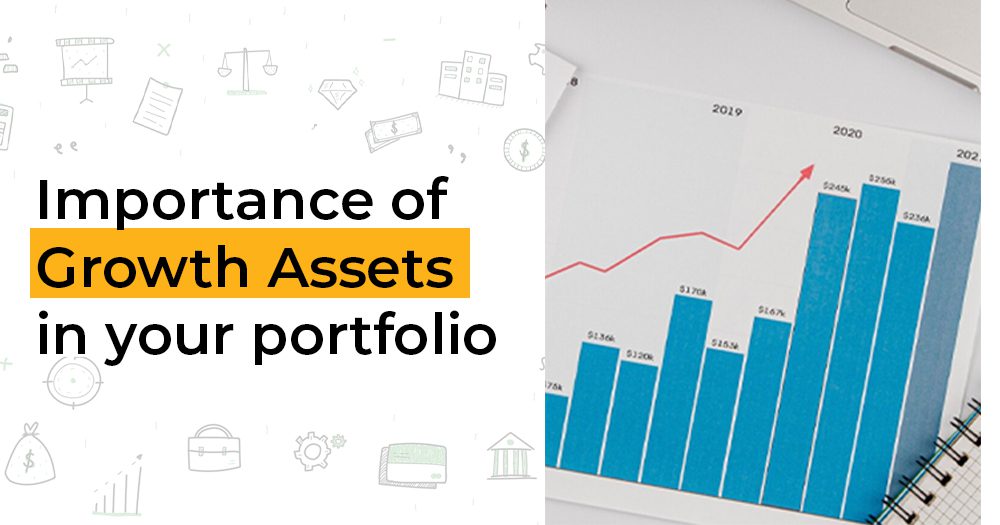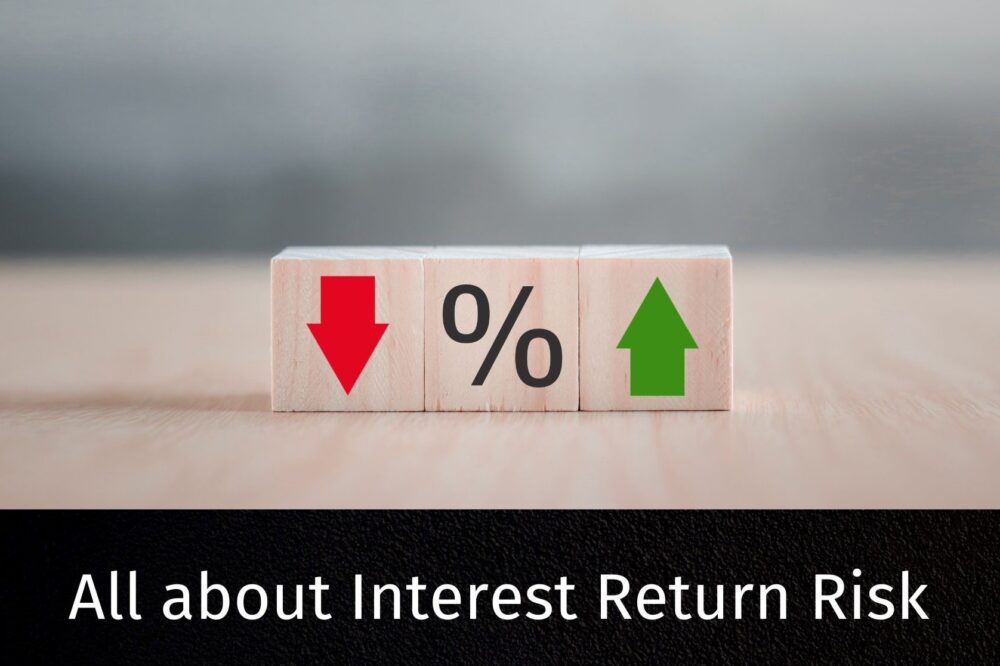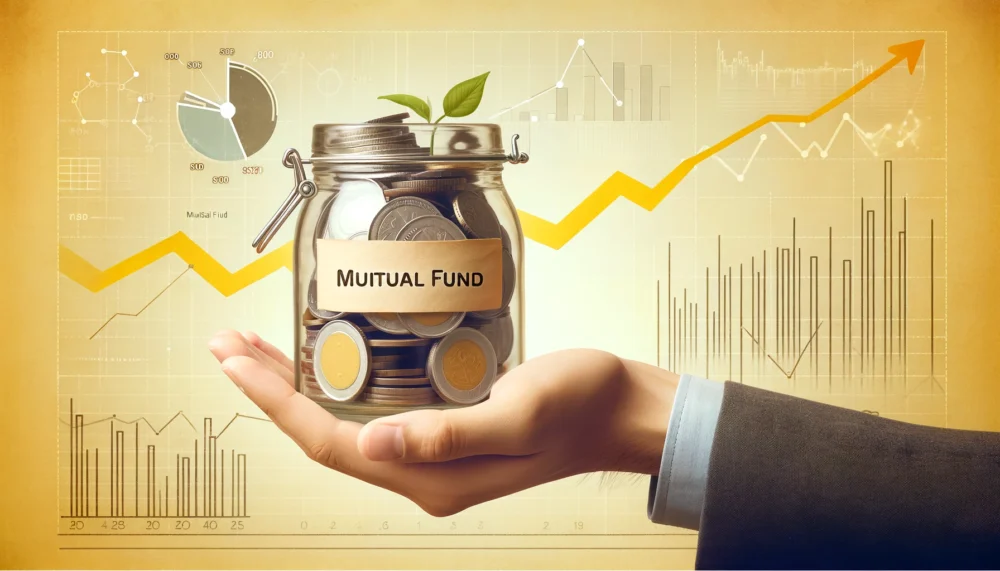Priya Kumar, a 40-year-old IT professional from Bengaluru, earns ₹1,50,000 monthly. Despite saving regularly, she worries about her future, especially after witnessing her parents struggle with medical expenses post-retirement. With only ₹15,00,000 saved and retirement just 20 years away, Priya realizes the need for a strategic plan to secure her financial future.
The Need to Include Growth Assets in the Portfolio
As of October to December 2024, the current interest rates for key savings schemes in India are as follows:
- Public Provident Fund (PPF): 7.1% per annum
- Senior Citizen Savings Scheme (SCSS): 8.2% per annum
While these rates seem attractive, it is essential to consider the real rate of return, which adjusts for inflation to determine the actual increase in purchasing power.
Calculating the Real Rate of Return
The formula for the Real Rate of Return is:
Real Rate of Return =
– 1
- Nominal Rate: The stated return on an investment (e.g., FD interest rate).
- Inflation Rate: The rate at which prices are rising.
Let’s calculate the real rate of return for a fixed deposit (FD) offering 7.5% interest with an inflation rate of 7%.
-
- Convert percentages into decimal form:
- FD return (nominal rate) = 7.5% = 0.075
- Inflation rate = 7% = 0.07
- Apply the formula:
Real Rate of Return =1.0751.07– 1 ≈ 0.00467 or 0.47%
- Convert percentages into decimal form:
This calculation shows that, despite the FD’s nominal rate of 7.5%, the real rate of return is only 0.47%, significantly reducing the actual gain after accounting for inflation. Over 20 years, an initial investment of ₹15,00,000 would grow to approximately ₹16,45,590 in today’s purchasing power.
The Impact of Growth Assets like Equity
Now, let’s look at the same scenario using a growth asset like equity, with a nominal return of 12% and the same inflation rate of 7%.
- Nominal Rate = 12% = 0.12
- Apply the formula:
Real Rate of Return =1.121.07– 1 ≈ 0.0467 or 4.67%
In this case, the real rate of return is approximately 4.67%. This indicates a significant increase in purchasing power after accounting for inflation. Over 20 years, an investment of ₹15,00,000 would grow to approximately ₹37,37,109.
Conclusion
The comparison clearly shows that maintaining an asset allocation that includes growth assets like equity is crucial when designing a retirement portfolio. While traditional savings schemes provide stability, they may not be sufficient to combat inflation over the long term. Incorporating equities helps create a more resilient and growth-oriented portfolio, ensuring a comfortable and financially secure retirement.








